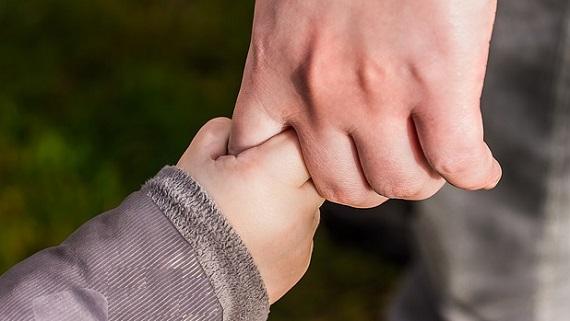
Published on: 23/04/20
Together for Short Lives responds to Make Every Child Count research revealing the number of children with life-limiting or life-threatening conditions has risen over the last 17 years.

Published on: 23/04/20
The number of children in England living with life-limiting or life-threatening conditions has almost trebled, from 32,975 in 2001/2002 to 86,625 in 2017/18, according to research released today.
In response, the UK’s children’s palliative care charity, Together for Short Lives, is calling on the government, NHS and others to ensure seriously ill children and their families can access the lifeline services they rely on, something that has been particularly highlighted in recent weeks, as families struggle to get the right care and support amid the coronavirus pandemic.
The Make Every Child Count study was conducted by the University of York, and reveals the prevalence of life-limiting conditions is highest for congenital abnormalities, higher for boys than girls, and greatest in babies under the age of one.
Whilst the increase may be partly down to better recording of hospital data and improved diagnosis, the study suggests that it is also likely to be because children are living longer as a result of better care being provided and advances in medical technology – the research also reveals the number of young people with life-limiting conditions living to age 19 is also increasing.
It is predicted the number of children and young people living with life-limiting or life-threatening conditions will continue to rise, with an increase of at least another 11% suggested by 2030.
Of particular concern was the finding that the prevalence of life-limiting conditions was highest among those in the most deprived groups of the population, who are least able to afford the financial burden of caring for a child with a complex condition.
Andy Fletcher, CEO of Together for Short Lives, explained why more support is needed. “That more children are living for longer is good news, but with increased numbers comes different challenges,” he said.
“The specialist services needed to support babies under one year old with life-limiting conditions, where the mortality rate is highest, are different to those needed to support the growing number of young people who are living into early adulthood, but both are equally important to get right.
“Our collective focus is understandably on responding to the COVID-19 pandemic right now. Over the past month our work has focused on supporting families caring for vulnerable and seriously ill children, who are feeling frightened and alone and whose lives have been hit-hard by the pandemic.
“In many ways the pandemic has exacerbated many of the challenges families were already facing in getting the support and services they need. We must not forget the growing number of children and young people and their families who need care and support, both now and in the future.
“This research is an important foundation stone, and we’ll continue to work with government, commissioners and palliative care services in the NHS and charity sector to ensure that all children have access to properly funded services when and where they need them.”